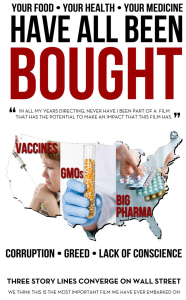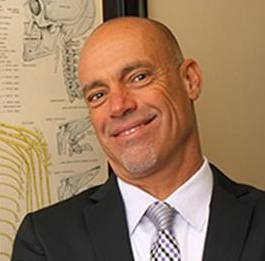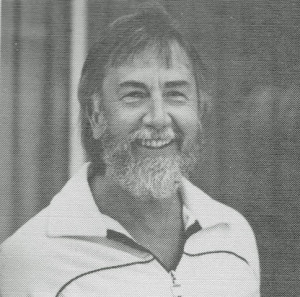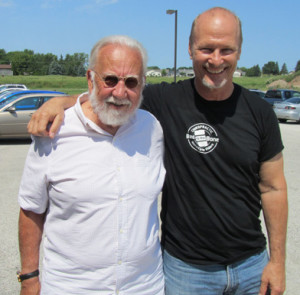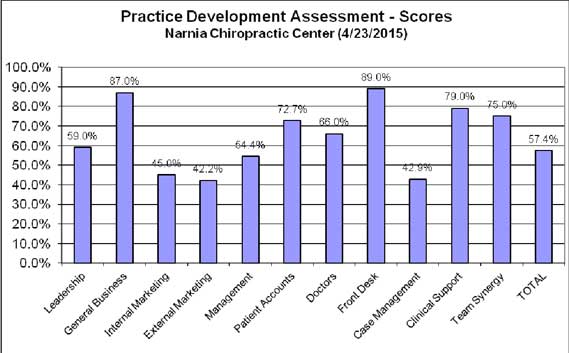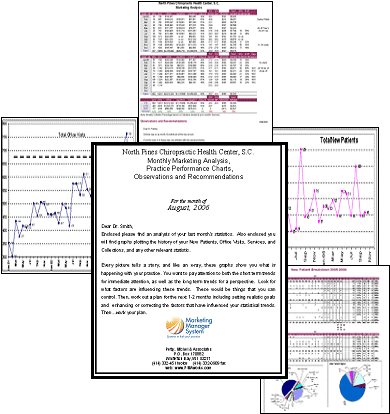$70,000,000,000.
That is 70 billion dollars and was the amount spent by corporations last year (2014) on personnel development in the United States. Corporations spent $130 billion worldwide.(Reference below.)
Large corporations recognize the value in developing and training their employees as a good investment. This fact also applies to smaller businesses but is not always acted upon.
I have often seen production held back due to poorly trained, educated, and motivated support staff. Here are some fast pointers on training your team.
1. CULTURAL BARRIER
Your team may not consider themselves as professionals. Perhaps you don’t consider them professionals either. Some doctors still call their staff members “girls.”
But we have long since passed the Industrial Age and have moved through the Information Age to the Networked Age. We are in a knowledge and networked economy and offices that do the best operate as a team of professionals.
In hiring and then training your team, you may be dealing with an unconscious cultural set of values that places health care service workers as “Girl Fridays.” The front desk, rather than having the challenging role of increasing the office visits through her or his skill, can be looked at as an underworked secretary and receptionist.
This idea can be harbored by both employee and employer and as a result, no one has the goal of training to becoming a professional.
It may take YEARS for your staff to become experts, but that should be their goal and yours as well.
As the CEO of your business, ensure that your team members understand that you want them to become experts and leaders in their field. Then, make sure they get good monthly training in-house, at seminars, receive coaching, attend webinars, and study books.
2. KNOW-IT-ALL BARRIER
This applies more to newer employees, but it can apply to all of us. When starting a new job, the new employee must understand that while their past experience may be useful, for now, they are a “freshman” and they need to learn as if this was the first job they ever had. In Japanese martial arts (taken from Zen Buddhism) there is a term called “Shoshin”, meaning “beginners mind.” Even when you are a black belt, you should always strive to learn as if you were just beginning with no preconceptions.
3. ROLES AND GOALS FOR TEAM TRAINING
- Team member. (Defined by mission statement and company core values.)
- Specialist. (Front Desk, Patient Accounts, Therapy, Etc.)
- Marketing. (We all sell health.)Remember that each role…has a goal.
4. END IN MIND
Training begins and ends primarily on the purpose of the role as well as on the outcomes of the role. If these are really clear, the team member can better understand the details. Too often we start training a staff member on HOW to do the job rather than WHY. Train on the WHY first and often as we all can get caught up in the details and lose sight of the end goals and our mission.
5. ENGAGEMENT
You might find that many people, staff and patients, do not have the best study habits. Staff members will nod in agreement when you ask them if they understand how to do something you just explained. They will think they understand how to do a procedure, yet when the time comes for them to do the task, they don’t do it.
Because of this, training should include participation and engagement. We all learn by doing. All training should include quizzes, challenges and or practical exercises that require the team member’s demonstration of what they’re studying. For example:
- Terms. Clear up the terms. You would be surprised how many of your staff cannot define even the basic words such as “health”, “subluxation”, “toxic”, etc.
- Have them demonstrate a concept. Rehearsing, role playing, quizzes, or requiring demonstrations can help your team become engaged with the information and more skilled in application.
- Training frequency. Ideally, team member training should take place weekly. Maybe you cannot get the whole staff there, maybe the veterans only go once or twice a month, but the rookies can get short sessions weekly. Make sure the time is uninterrupted.
6. EDUTAINMENT
All training should be entertaining, fun, and motivating. Challenging is fine, as long as each individual leaves the training with the feeling of accomplishment. OK to be serious now and then, but in the end, it should be enjoyable.
7. LENDING LIBRARY
Make sure you have a full library of books and movies about health for your patients. This is also for your staff. Give your team members a $30 bonus for a book report given at staff meetings and a $10 bonus for every report on a DVD from the library. All staff should watch Doctored, for example, and then discuss it.
8. ROI
Keep in mind that team training does take time, but it offers a positive return on the investment. Team members become more motivated and their moral goes up as their competence increases!
Team training does not cost… it pays.
[1] Forbes.com forbes.com/sites/joshbersin/2014/02/04/the-recovery-arrives-corporate-training-spend-skyrockets/



